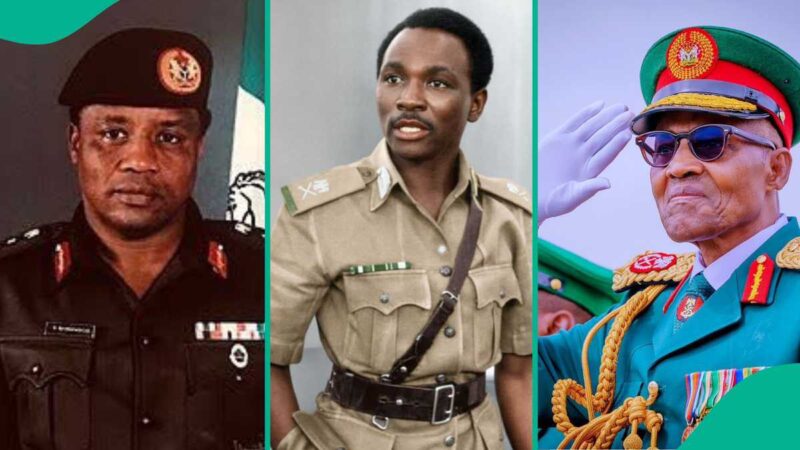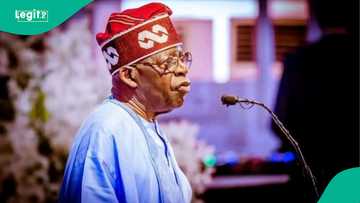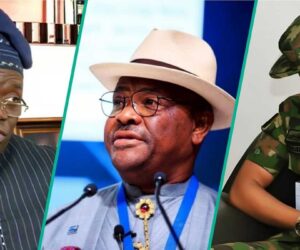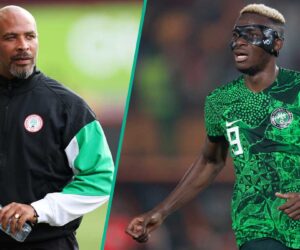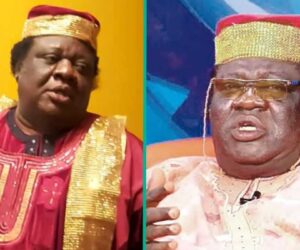- Nigeria’s political landscape has been shaped by a series of military coups that ushered in new regimes and altered the course of governance
- From Aguiyi-Ironsi’s brief rule to Abdulsalami Abubakar’s democratic transition, each military head of state left an imprint on the nation’s history
- This report shows the succession of leaders who rose to power through coups, detailing their tenure and legacy under military rule
Military coups have punctuated Nigeria’s political history, often reshaping the nation’s leadership and governance.
Following each successful coup, a new head of state emerged, steering the country under military rule.
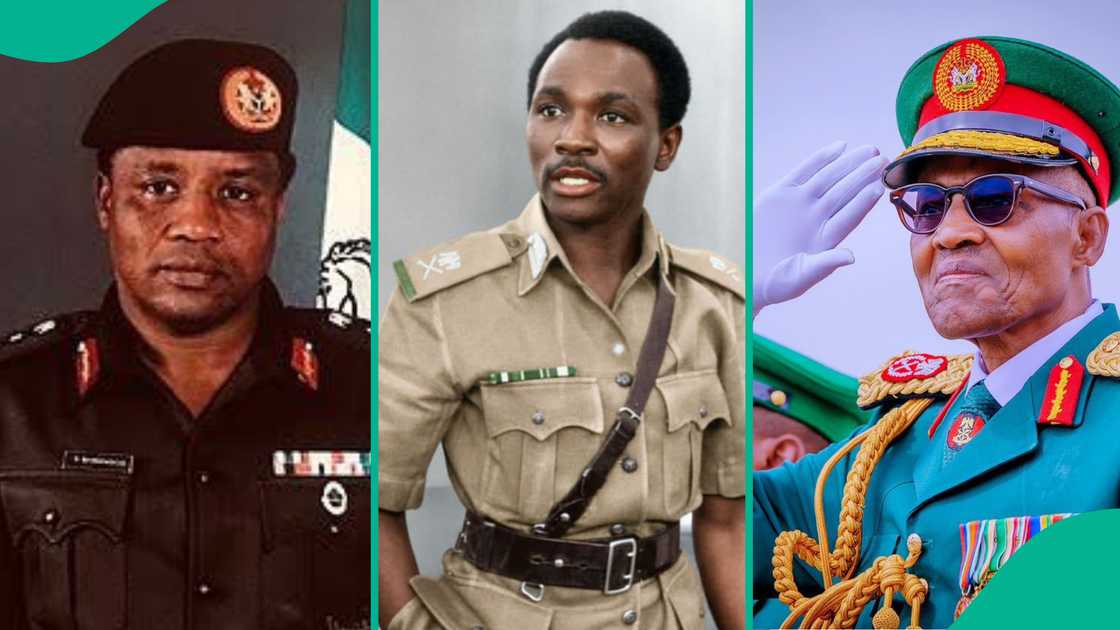
Source: Twitter
This listicle presents an in-depth look at the past Nigerian heads of state who assumed power through military coups, detailing their tenure and historical significance.
Maj. Gen. Johnson Aguiyi-Ironsi, first military head of state after coup
Maj. Gen. Johnson Aguiyi-Ironsi became Nigeria’s first military head of state following the coup of 15 January 1966.
He assumed office on 6 January 1966, marking the beginning of military governance in the country.
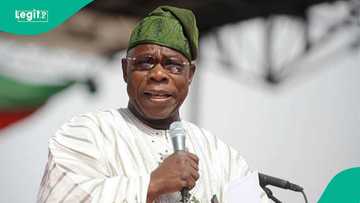
Read also
How Nigeria foiled alleged plot to kill Obasanjo by shooting down his helicopter with missile in 2004
His administration sought to unify Nigeria under a centralised system, but his policies sparked ethnic tensions. Aguiyi-Ironsi’s rule ended abruptly on 29 July 1966 when he was assassinated during a counter-coup.
Gen. Yakubu Gowon GCFR, longest serving military leader
Gen. Yakubu Gowon rose to power on 1 August 1966 after the counter-coup that ousted Aguiyi-Ironsi.
His tenure, which lasted until 29 July 1975, was marked by the Nigerian Civil War (1967–1970) and post-war reconstruction.
Gowon’s government promoted national unity and development, but his prolonged rule eventually led to dissatisfaction within the military ranks, culminating in his removal via a bloodless coup.
Gen. Murtala R. Mohammad
Gen. Murtala R. Mohammad assumed leadership on 29 July 1975 after the coup that removed Gowon.
Known for his bold reforms and anti-corruption stance, Murtala initiated sweeping changes in the civil service and governance. His tenure was tragically cut short when he was assassinated on 13 February 1976 during an attempted coup, just over six months into his rule.
Gen. Olusegun Obasanjo
Following Murtala’s assassination, Gen. Olusegun Obasanjo took over as head of state on 13 February 1976.
He continued Murtala’s reform agenda and played a role in preparing Nigeria for a return to civilian rule.
Obasanjo handed over power to a democratically elected government on 1 October 1979, becoming the first military leader in Nigeria to voluntarily relinquish power.
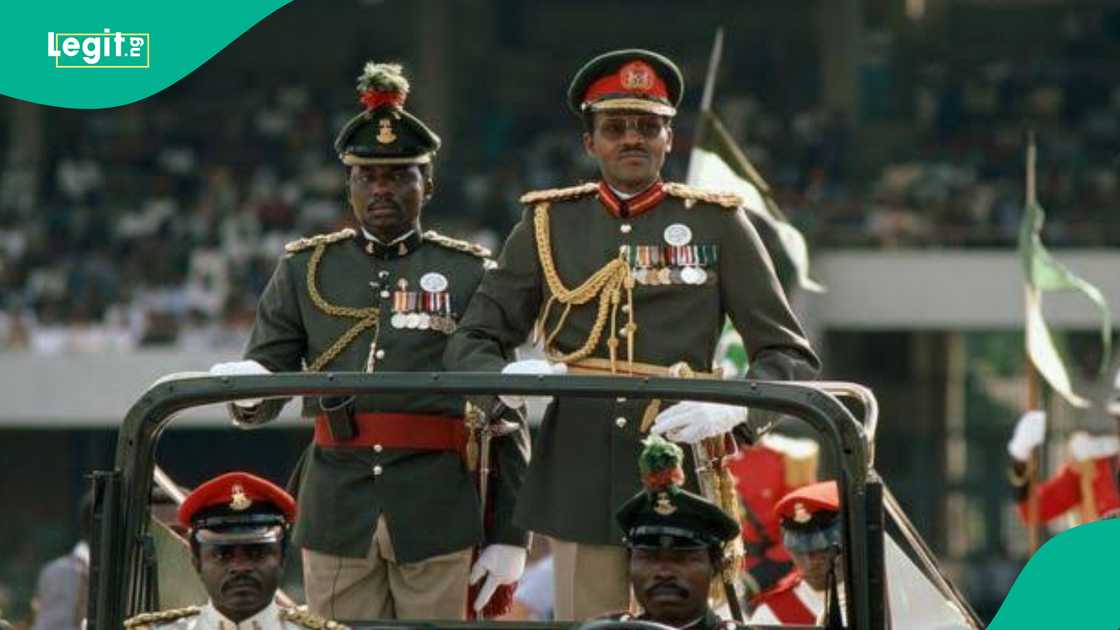
Source: Twitter
Maj. Gen. Muhammadu Buhari
Maj. Gen. Muhammadu Buhari emerged as head of state on 31 December 1983 after a coup that toppled the civilian government of President Shehu Shagari.
Buhari’s regime focused on anti-corruption and discipline, introducing the War Against Indiscipline (WAI) campaign. His strict policies and authoritarian style led to his removal by another military coup on 27 August 1985.
Gen. Ibrahim B. Babangida GCFR
Gen. Ibrahim B. Babangida seized power on 27 August 1985, following the ousting of Buhari. His administration introduced the Structural Adjustment Programme (SAP), aimed at reviving Nigeria’s economy through liberalisation and deregulation.
Babangida’s rule lasted until 26 August 1993, ending in controversy after the annulment of the 12 June 1993 presidential election.
Gen. Sani Abacha GCON
Gen. Sani Abacha took control on 17 November 1993 after a palace coup that removed the interim government of Ernest Shonekan.
His regime, according to researchers, was characterised by authoritarianism, human rights abuses, and tight economic control.
Despite international condemnation, Abacha maintained a firm grip on power until his sudden death on 8 June 1998.
Gen. Abdulsalami Abubakar GCFR
Gen. Abdulsalami Abubakar assumed office on 8 June 1998 following Abacha’s death. He is credited with overseeing Nigeria’s transition to democracy, culminating in the handover to a civilian government on 29 May 1999.
Abubakar’s brief tenure was marked by constitutional reforms and preparations for democratic elections, effectively ending military rule in Nigeria.
List of African countries that fell to military rule
Legit.ng earlier reported that Africa has witnessed a wave of military takeovers since August 2020, with seven coups preceding the latest developments in Gabon.
From West Africa to the Horn, armed forces have repeatedly disrupted civilian governments, citing instability, corruption, or national interest.
Source: Legit.ng

